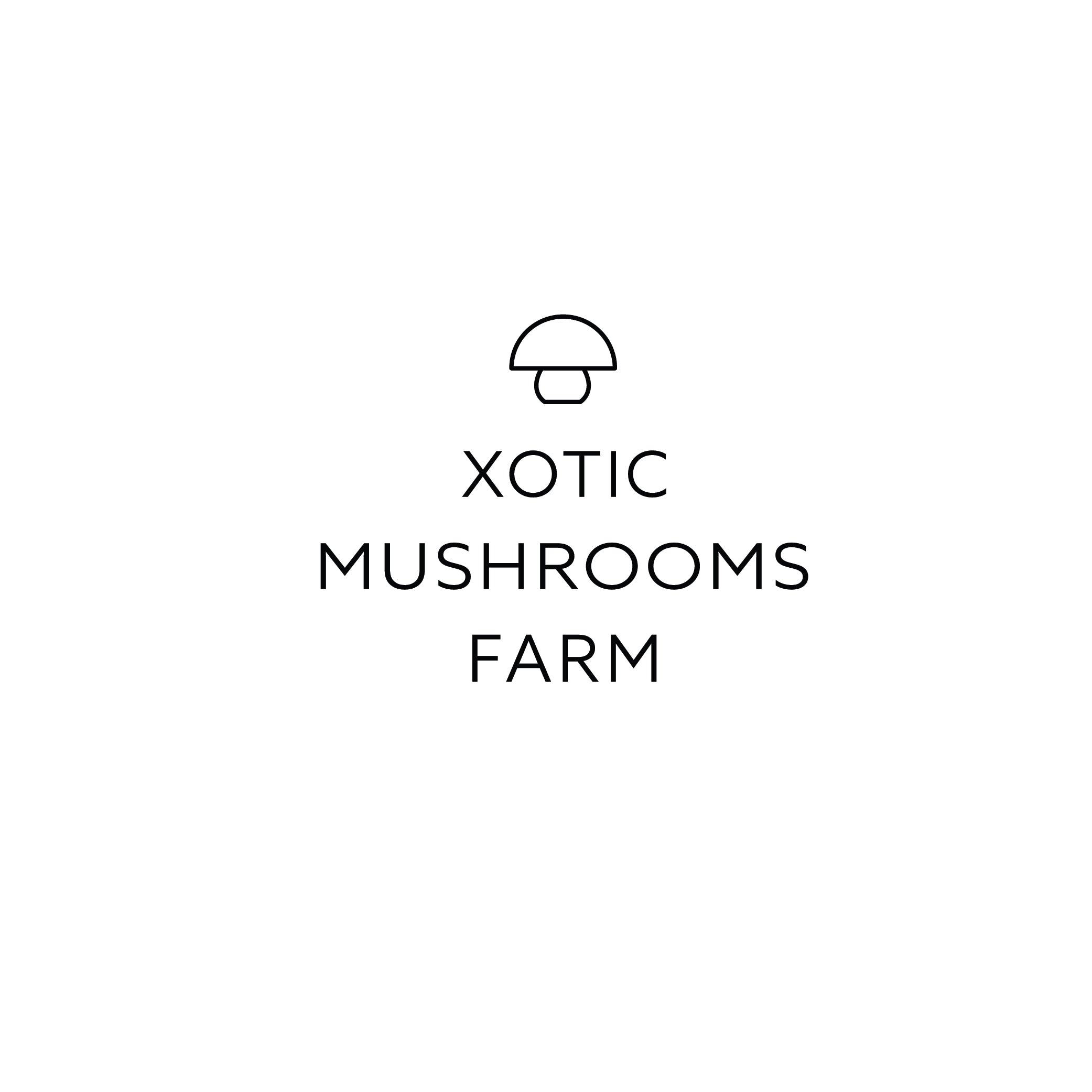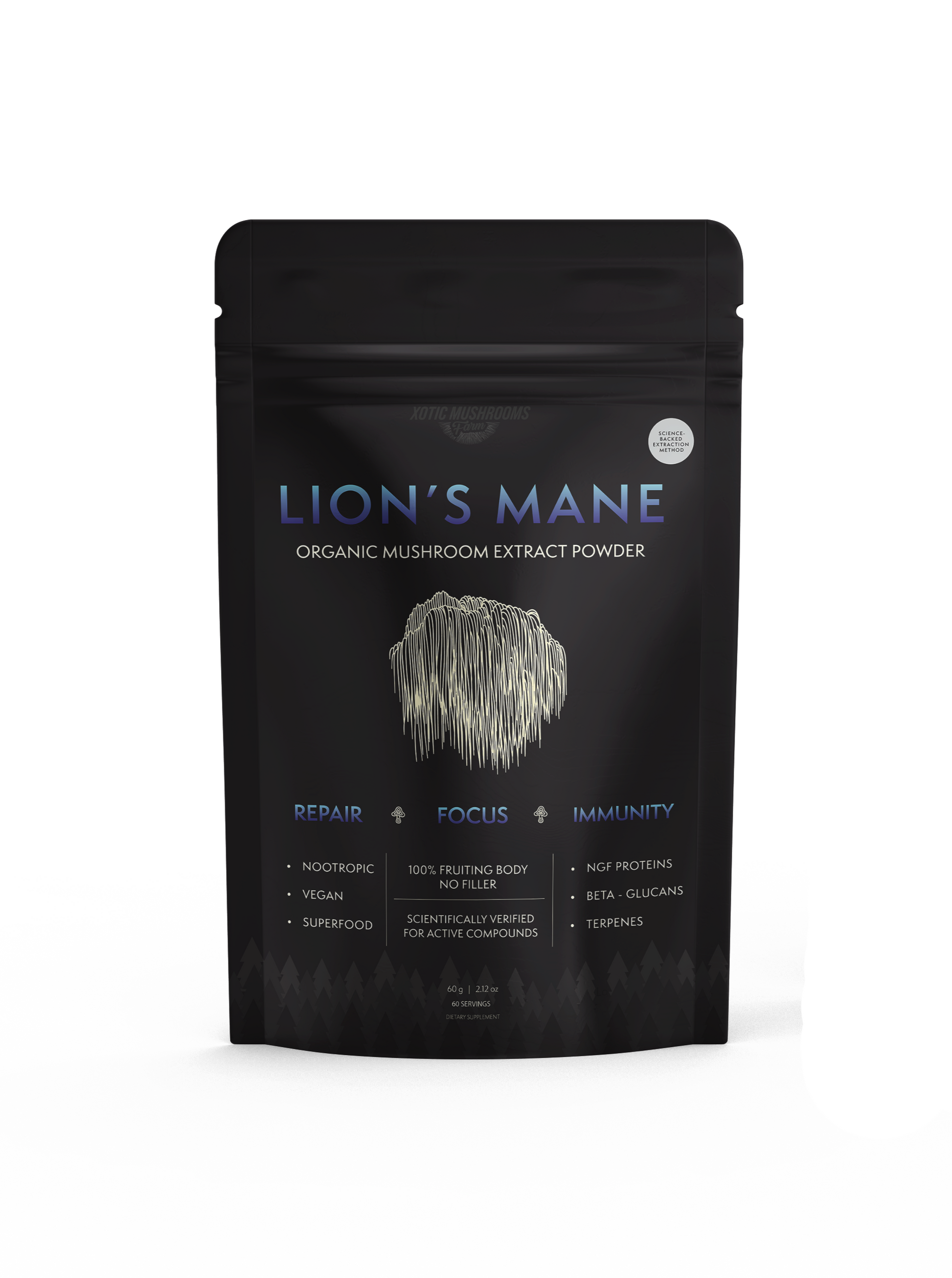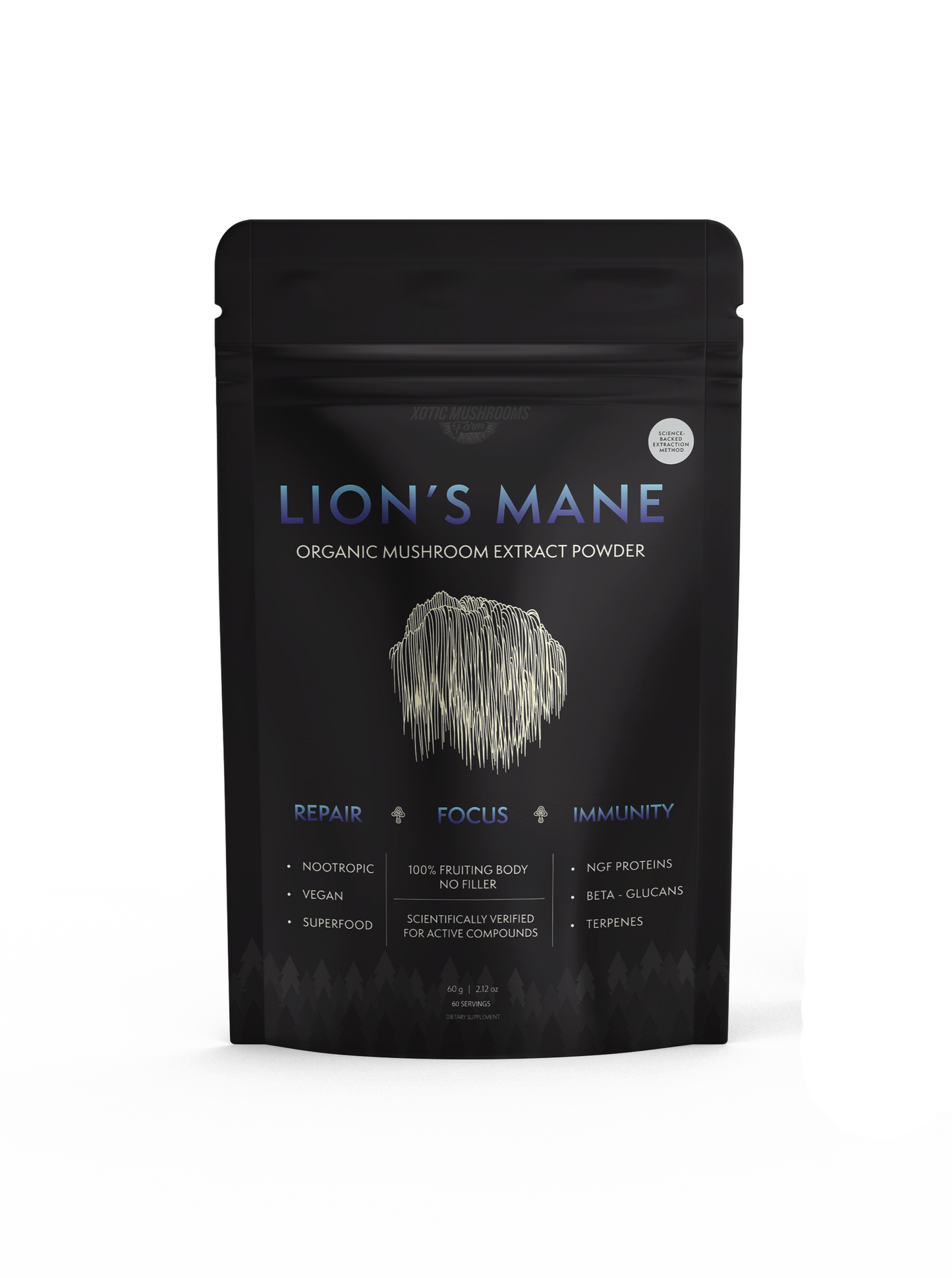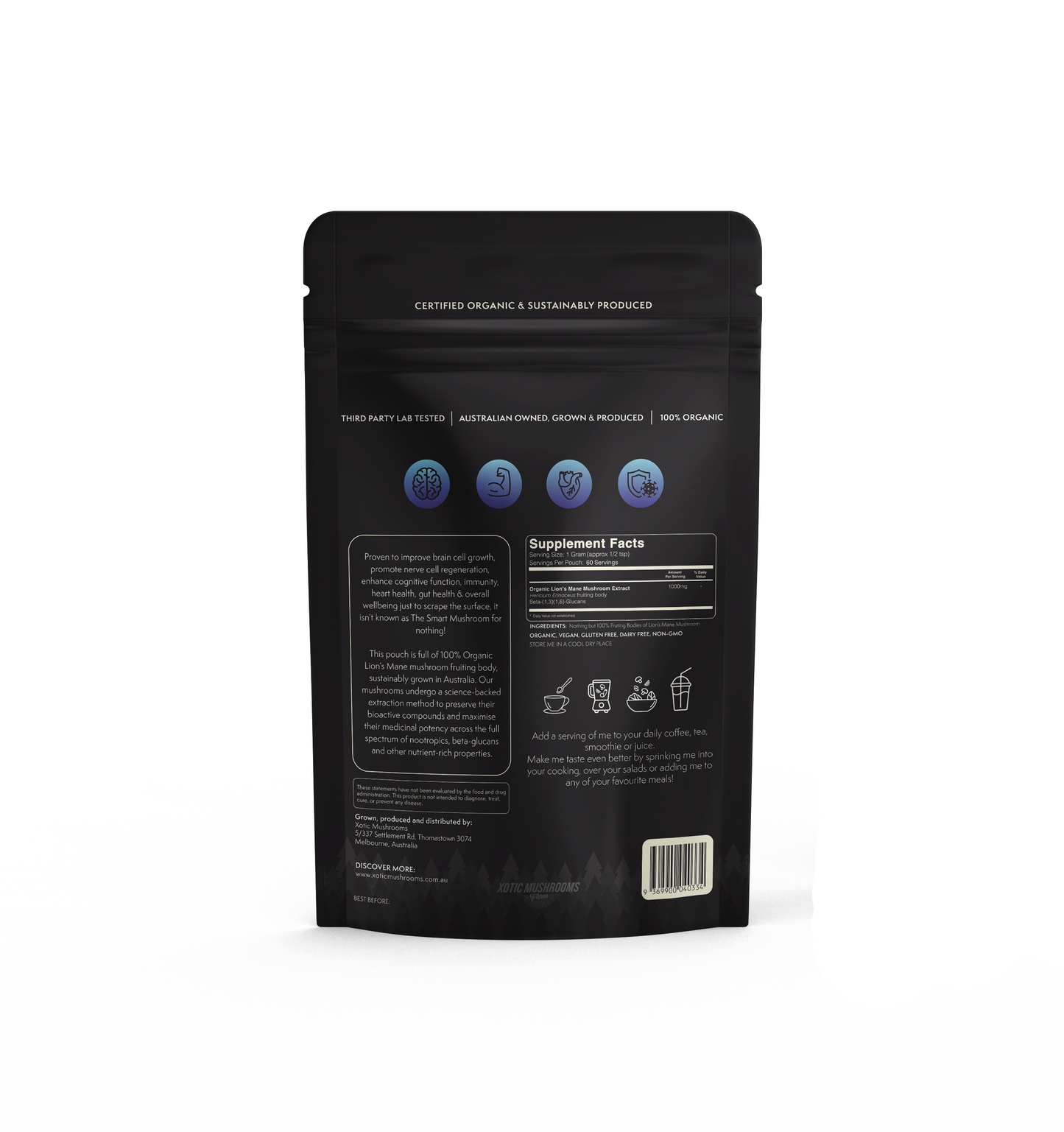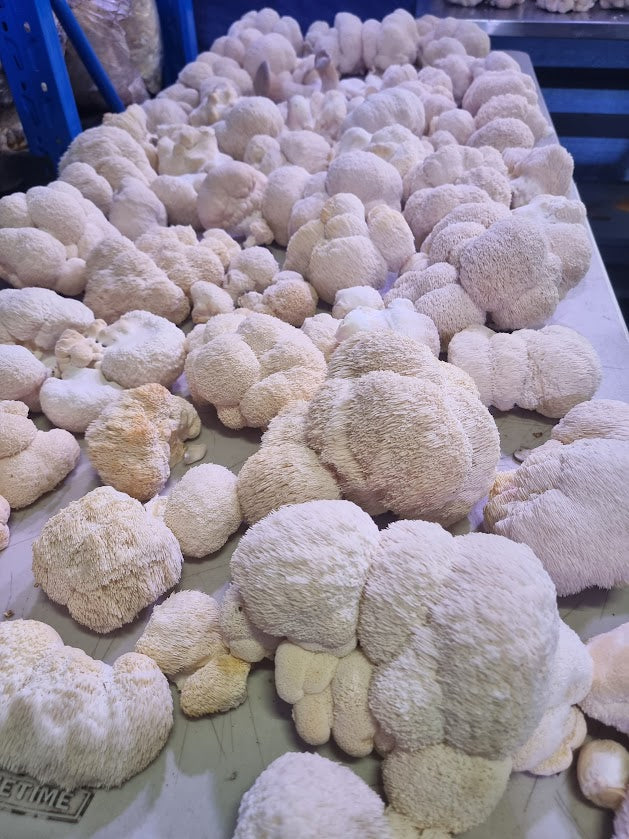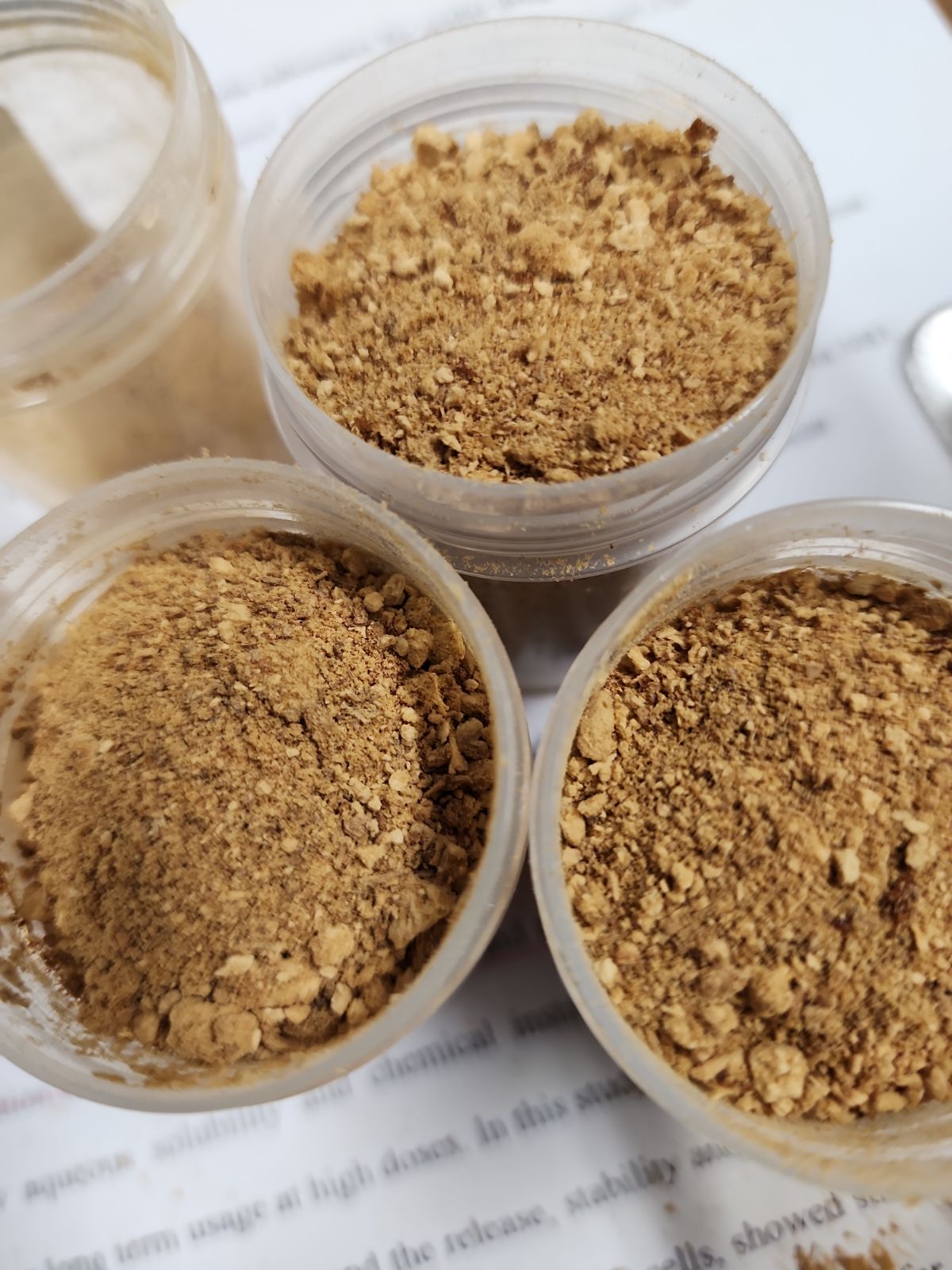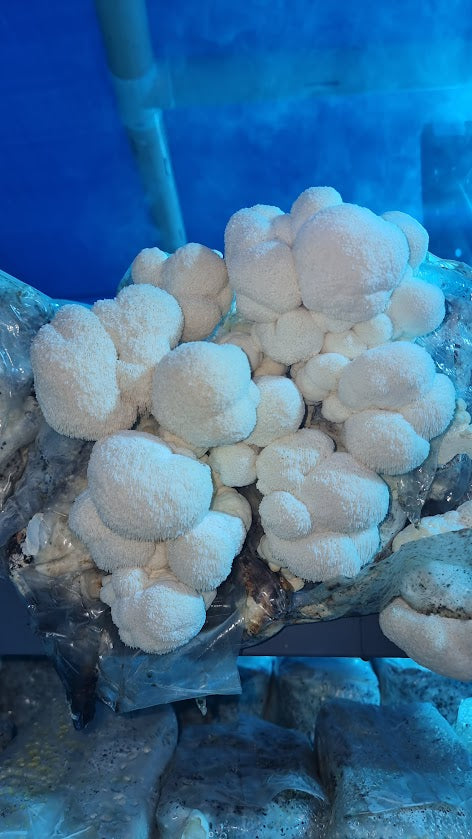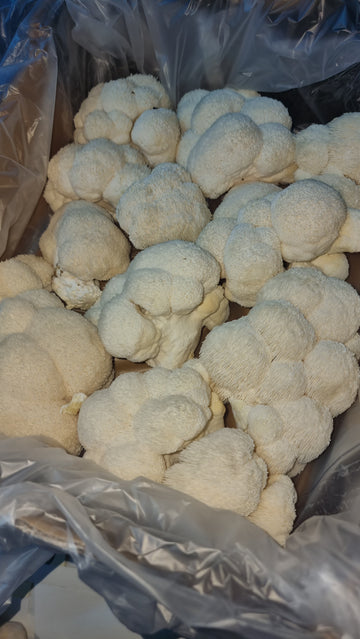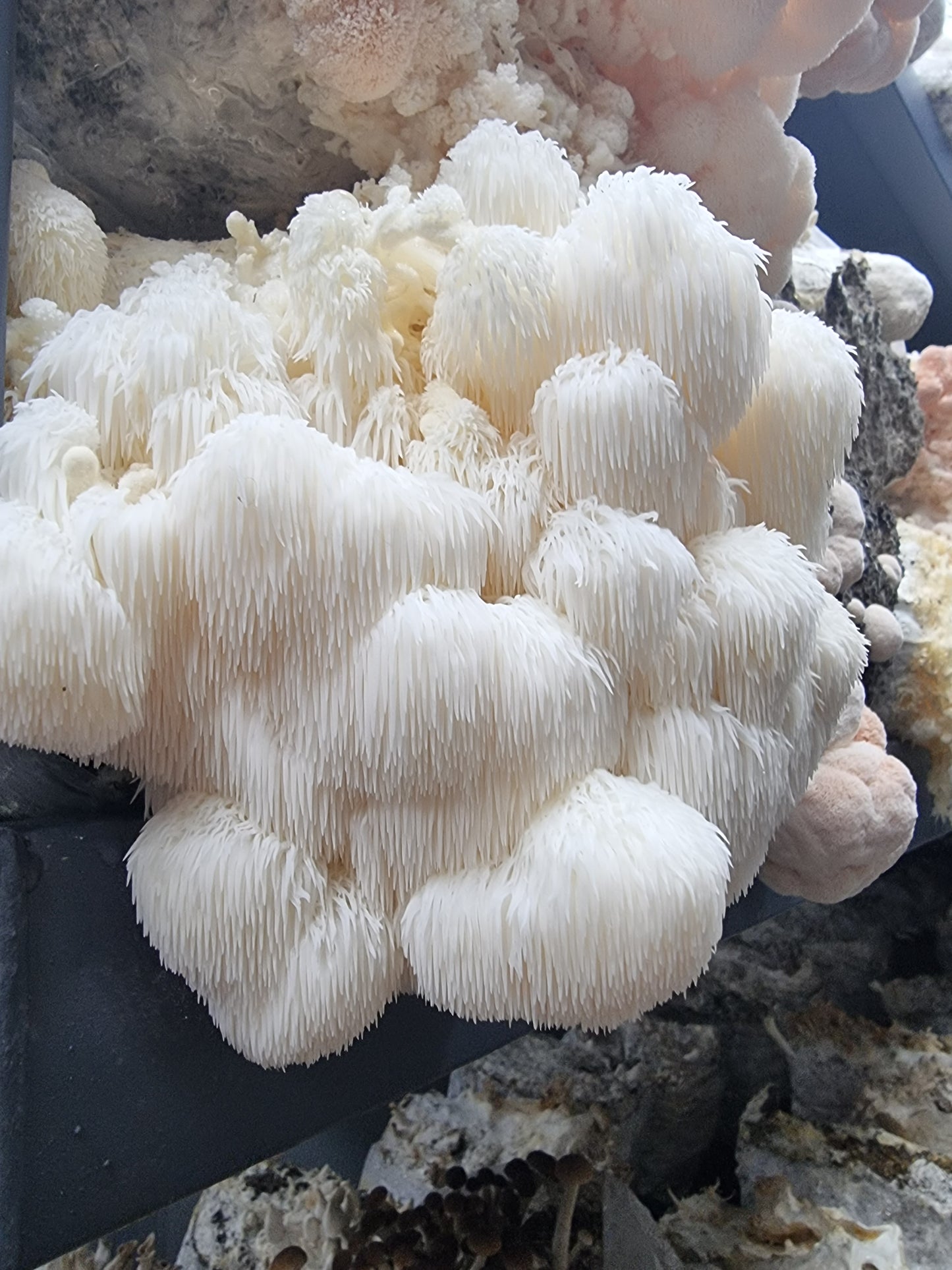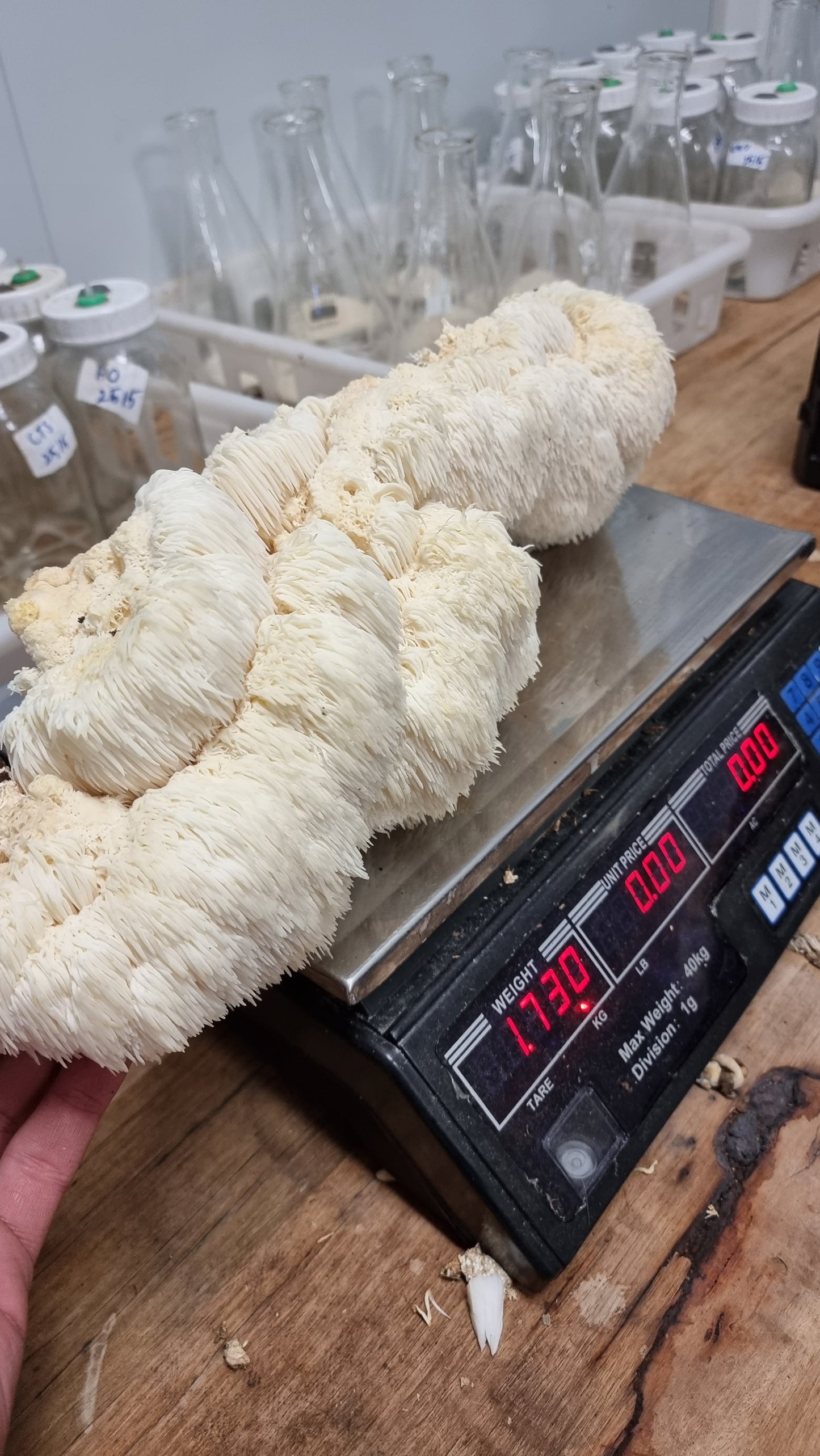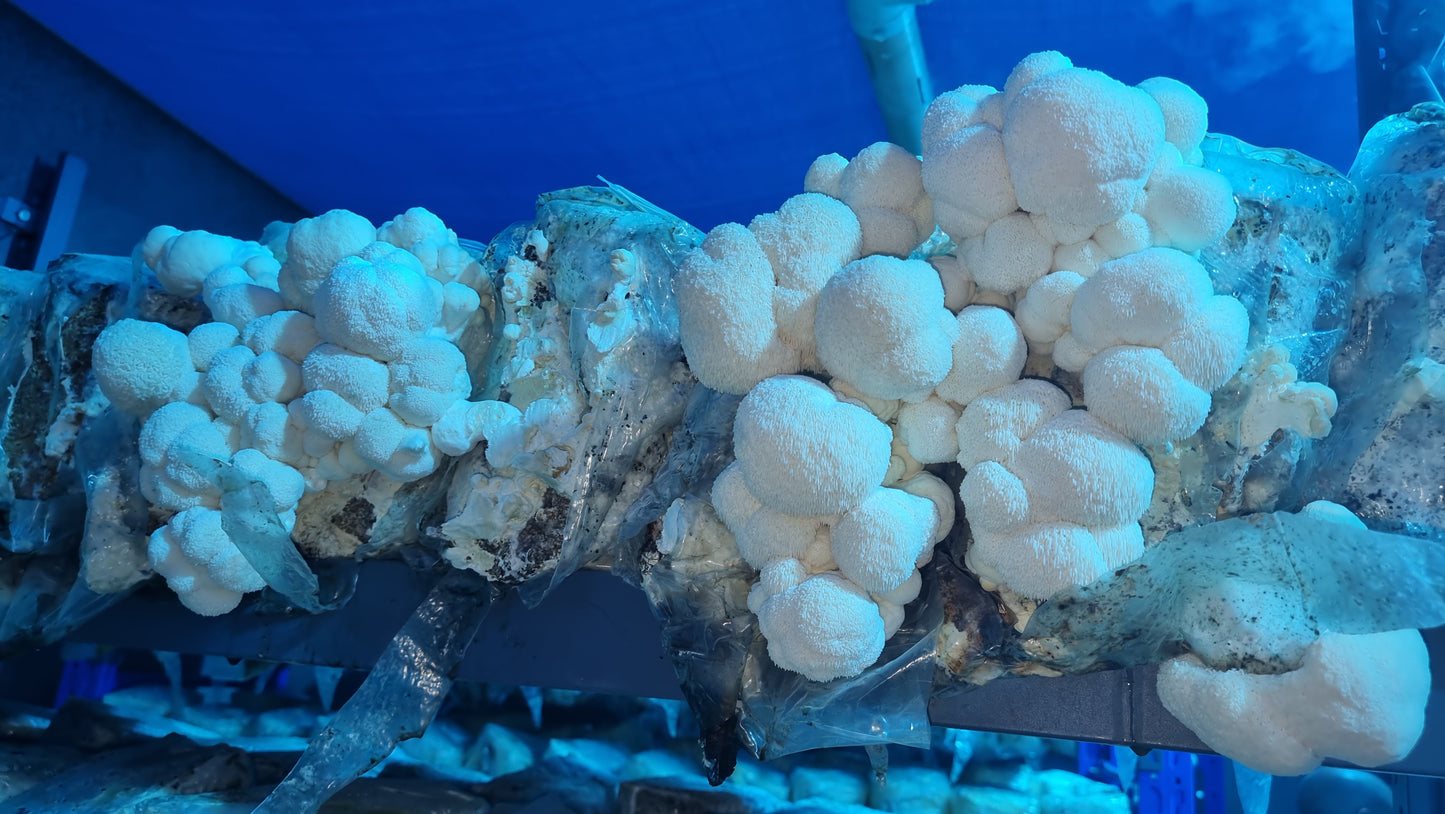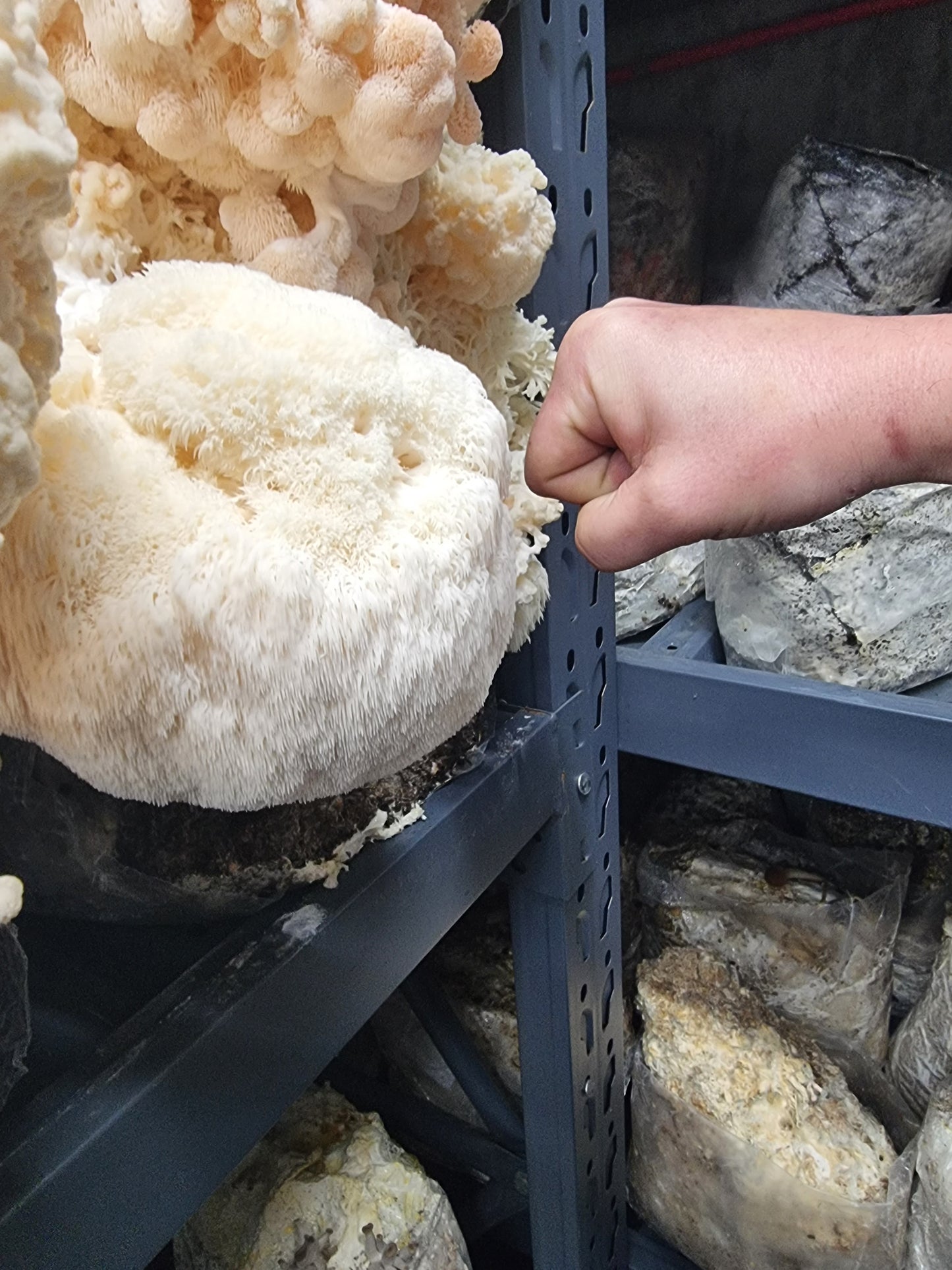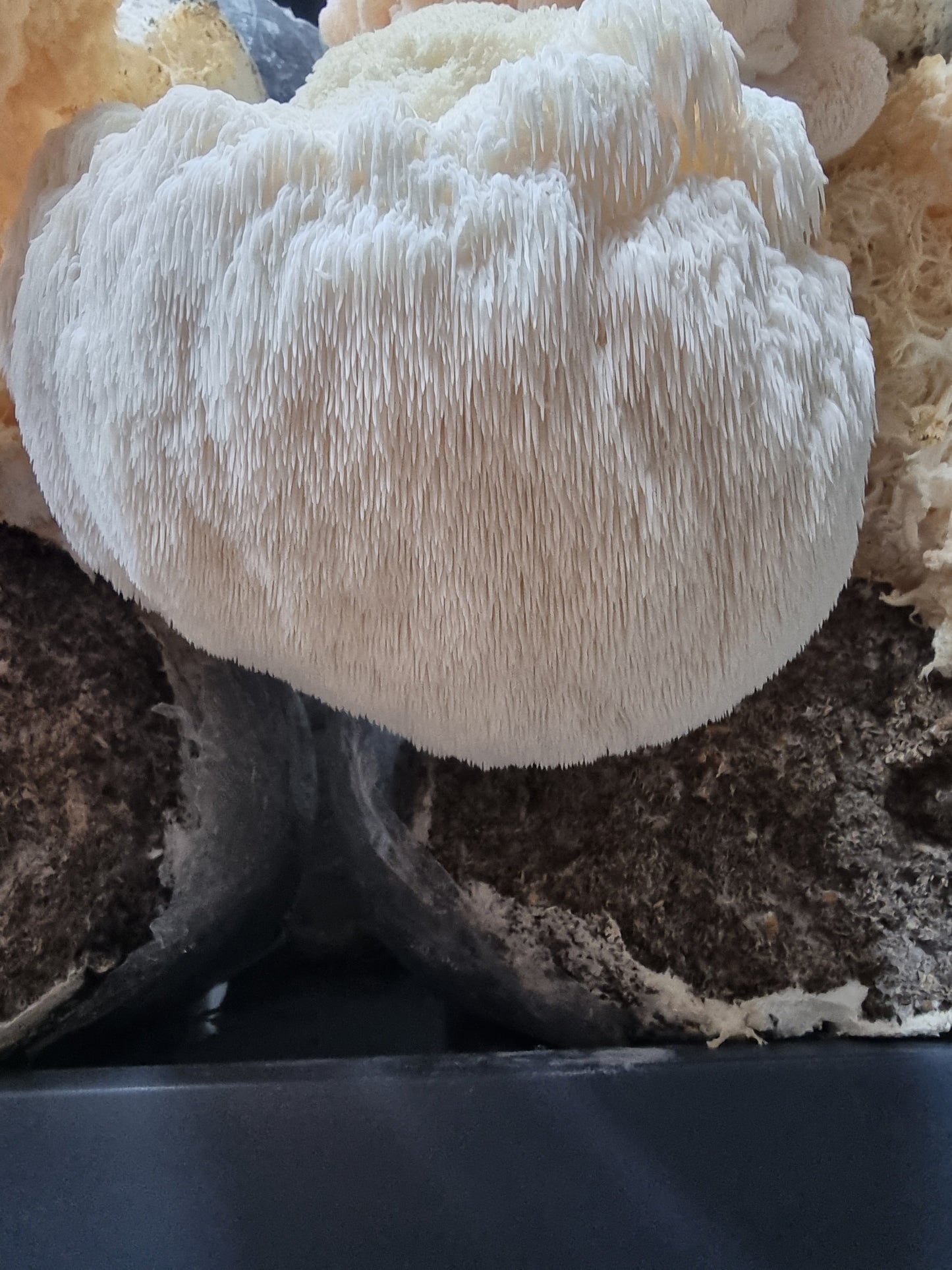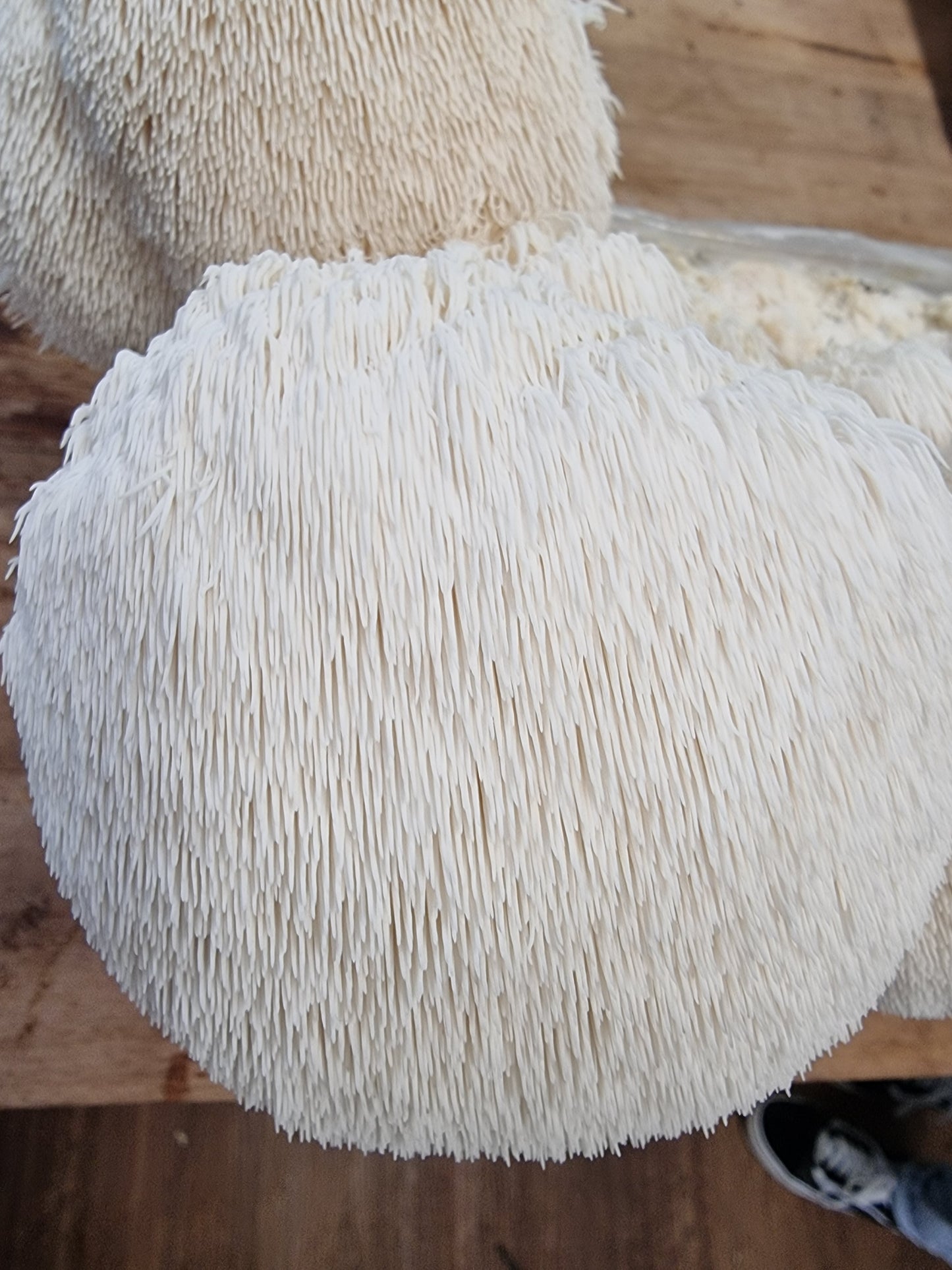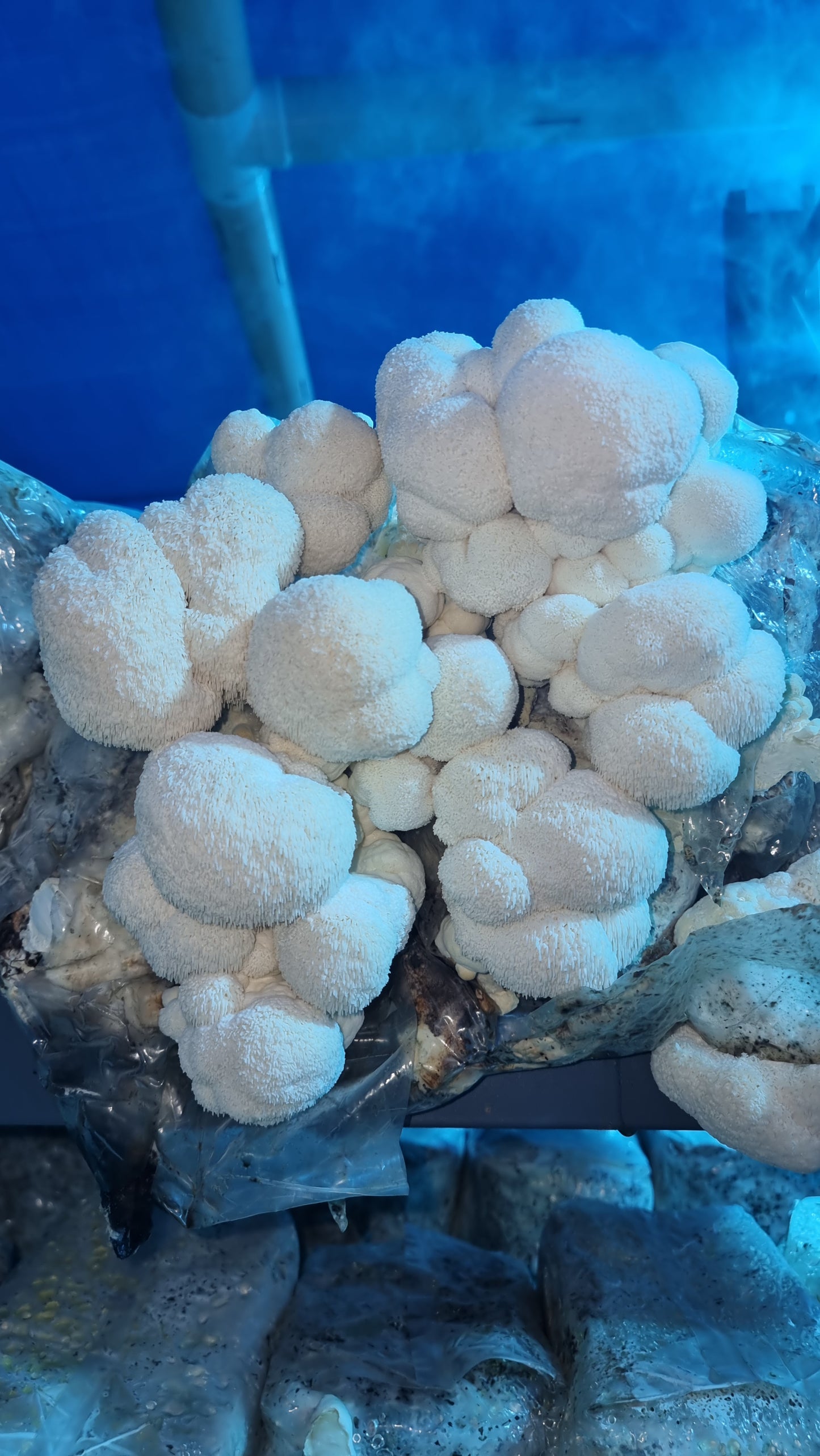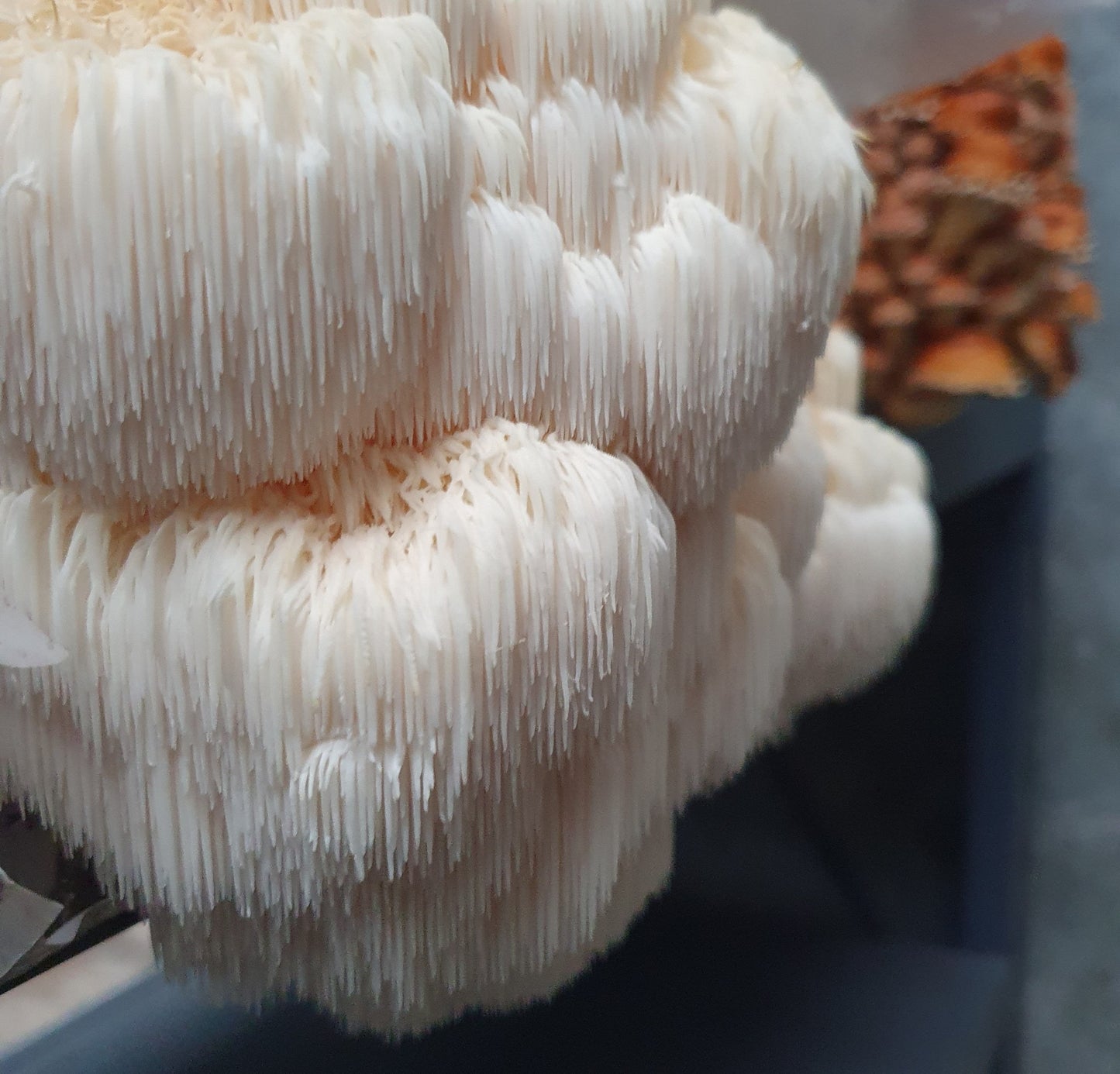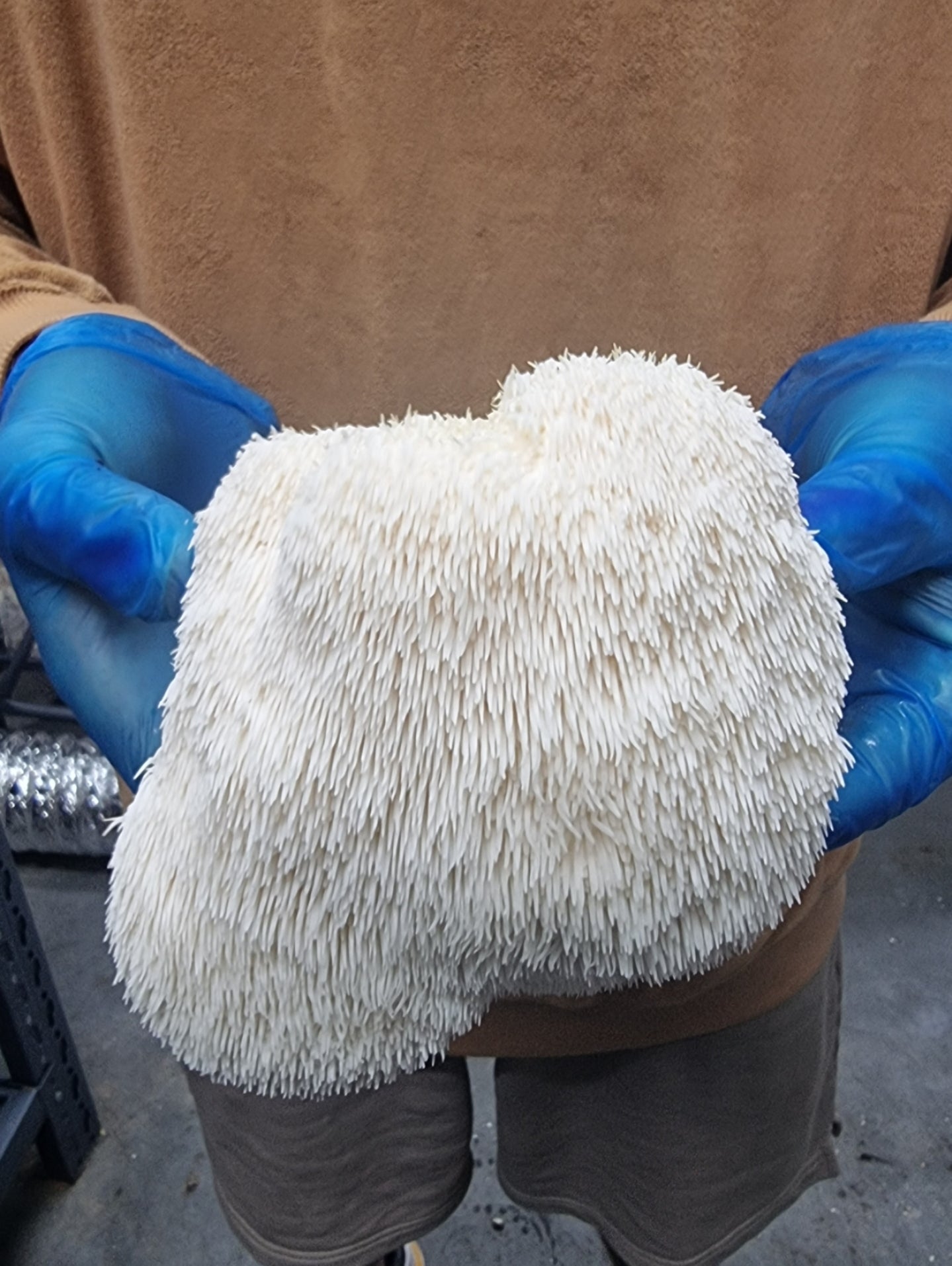Are you struggling to maintain the perfect environment for your mushrooms? Whether you're just starting or an experienced grower, humidity is key to a successful harvest.
Mushrooms thrive in moist conditions, but getting the humidity right can be challenging, especially with unpredictable weather or dry air.
That’s where the right humidifier can make all the difference. Let’s look into how you can optimise your mushroom growing with the perfect humidity levels.
Why Humidity is Important for Mushroom Growth

Before discussing humidifiers, it’s essential to understand why humidity is critical for growing mushrooms. Mushrooms are fungi's fruiting bodies and require a specific environment to thrive.
While they are relatively low-maintenance compared to other crops, they are susceptible to environmental factors such as temperature, light, and, most importantly, humidity.
Unlike plants, mushrooms don’t absorb moisture from the soil. Instead, they rely on the surrounding air to provide the necessary moisture for growth. If the humidity levels are too low, the mushrooms will dry out, leading to poor fruiting and stunted growth.
Dry air can cause the caps to shrivel, the gills to dry up, and the overall quality of the mushrooms to decline. On the other hand, excessive moisture can lead to fungal infections or unwanted contaminants.
Maintaining optimal humidity in a controlled growing environment is essential for mimicking the natural conditions in which mushrooms thrive, whether cultivating them indoors or in a greenhouse.
Too much or too little moisture can disrupt the growth process and lead to poor yields, so monitoring and regulating moisture levels throughout the growing cycle is necessary.
Optimal Humidity Levels for Each Growth Stage
Mushrooms have different humidity needs at each stage of their development. Learning these needs and adjusting the humidity levels accordingly can significantly improve the quality and yield of your harvest. Here’s a breakdown of the optimal humidity levels for each growth phase.
1. Colonisation Stage (Spawn Run)

During colonisation, mushroom spores or mycelium actively grow through the substrate, typically made up of sawdust, straw, or other organic materials. At this stage, mushrooms are not yet fruiting, but the mycelium needs consistent moisture to colonise the substrate fully.
The optimal humidity is between 60% and 75%. Mycelium prefers a relatively lower humidity than fruiting mushrooms. Too much moisture during this stage can lead to excess moisture in the substrate, potentially causing issues like contamination. A moderate humidity level helps the mycelium colonise the substrate effectively without excessive water retention.
2. Pinning Stage
Once the substrate has fully colonised and you're ready to encourage mushroom fruiting, you’ll enter the pinning stage. During this phase, tiny "pins" or immature mushrooms form. The development of these pins is susceptible to changes in the growing environment, especially humidity.
The optimal humidity is 85-90%. This humidity helps the young pins develop without drying out. However, it’s essential not to over-humidify at this stage, which could result in poor air circulation and stunted pin growth. The key is balancing the moisture in the air with adequate ventilation.
3. Fruiting Stage (Mushroom Growth)

The fruiting stage is when your mushrooms are fully growing and maturing. The mushrooms require a lot of moisture to develop to their full potential. High humidity is necessary to avoid drying out, but you also need to ensure proper airflow to prevent the growth of unwanted moulds or bacteria.
The humidity should be around 85-95%. Mushrooms at this stage need high humidity to support their rapid growth. Too little moisture in the air can lead to shrivelling caps, dried-out gills, or slow growth. Maintaining a high but stable humidity level ensures your mushrooms grow large, healthy, and flavoured.
4. Maturation Stage
After the mushrooms reach full size, they mature, and their caps open. While high humidity is still necessary at this stage, you can start reducing it slightly to encourage proper spore release and prevent an overly moist environment that could hinder the process.
The humidity level required at this stage is 80-90%. While it doesn’t need to be as high as during fruiting, maintaining a moderate humidity helps develop the caps and gills. If humidity is too low, the caps may open prematurely, decreasing the overall quality of the mushrooms.
5. Post-Harvest Stage
Maintaining a slightly lower humidity level can be beneficial if you continue to grow multiple flushes from the same substrate after harvesting. This will prevent excess moisture from encouraging the growth of mould or rot. You’ll want to reduce humidity slightly between flushes, especially if you’re rehydrating the substrate.
The final stage needs humidity levels of 75-85%. This reduced humidity helps prevent the development of contaminants and supports the new flush of mushrooms by encouraging fresh mycelium growth.
How Humidifiers Help in Mushroom Growing

Humidifiers increase moisture in the air, creating an ideal environment for mushroom growth. Suppose you’re growing mushrooms in a controlled environment, such as a grow room or a greenhouse. In that case, a humidifier ensures that the moisture level stays consistently high, which is crucial for optimal growth.
Using a humidifier can benefit mushroom cultivation for several reasons. One is the consistent humidity levels. Humidity can fluctuate throughout the day, especially if you live in an area with seasonal changes. A humidifier helps maintain a steady moisture level, even when the air outside is dry or too warm.
Second, it prevents overwetting. Some cultivation methods require the grower to mist the mushrooms regularly to maintain humidity. While this can be effective, it’s easy to overdo it and end up with a waterlogged substrate. A humidifier provides a controlled and even moisture distribution, reducing the risk of excess water pooling in your grow space.
Thirdly, it is convenient. Manually maintaining the right humidity can be time-consuming and labour-intensive. A humidifier automates the process, saving you time and energy while ensuring a stable growing environment for your mushrooms.
Choosing the Right Humidifier for Mushroom Growing
Not all humidifiers are created equal, and when it comes to mushroom cultivation, certain features are essential for success. Here are some key factors when choosing a humidifier for your mushroom-growing setup.
1. Type of Humidifier

There are several types of humidifiers, each with its advantages. Ultrasonic humidifiers are popular because they create a fine mist and are energy-efficient. They are also relatively quiet, which is ideal if you’re growing mushrooms in a space where noise might be an issue. They are perfect for small—to medium-sized grow rooms.
Evaporative humidifiers draw air through a wet filter and release moist air into the room. They are self-regulating, meaning they don’t over-humidify the space. Evaporative humidifiers are generally best for larger rooms, as they provide a more constant humidity level without much attention.
Warm mist humidifiers heat water to produce steam. While they can effectively raise the humidity in a room, they might not be ideal for mushroom cultivation because high temperatures can potentially harm delicate fungal growth. However, they can still work if your grow room is freezing and requires heat and humidity.
2. Capacity and Coverage Area
The size of your grow space will dictate the type and size of humidifier you need. A compact ultrasonic humidifier might suffice if you’re growing mushrooms in a small space, such as a grow tent or a fruiting chamber. However, if you have a more extensive setup, you’ll need a humidifier with a higher capacity and more coverage.
Look at the manufacturer's specifications to determine the humidifier's coverage area. Most will list the square footage they are designed to humidify. Make sure the one you choose can comfortably cover the area where your mushrooms will grow.
3. Adjustable Humidity Control

Since mushrooms have specific humidity requirements at different stages of growth, it’s essential to control the humidity levels in your growing space. Many modern humidifiers come with built-in hygrometers and adjustable settings, allowing you to set the ideal humidity for your mushroom crop.
Keep the humidity between 85-95% for mushrooms. Some models come with a built-in humidistat that automatically turns the humidifier on or off depending on the current humidity level, which can be a huge convenience.
4. Ease of Cleaning and Maintenance
A humidifier will be running regularly in your grow space, so choosing one that’s easy to clean is crucial. Over time, fungus spores and mineral buildup can clog the unit, reducing its effectiveness and potentially introducing contaminants into your environment. Opt for a humidifier that’s easy to disassemble and clean.
5. Noise Level
Consider a quiet humidifier if you're growing mushrooms in a small home environment. Some models can be pretty noisy, especially when running at full capacity, so look for one with a quiet operation or a “silent mode” for use in sensitive environments.
Tips for Using a Humidifier in Your Mushroom Growing Setup

Once you’ve chosen the right humidifier, there are a few tips to keep in mind to get the best results for your mushrooms:
- Monitor Humidity Regularly: Even if your humidifier has a built-in hygrometer, it’s still a good idea to use a separate, independent humidity monitor to keep track of the levels. This will give you peace of mind that the environment is ideal for your mushrooms.
- Maintain Ventilation: While mushrooms love humidity, they also need good airflow to prevent the growth of mould and mildew. Ensure your grow space has adequate ventilation to allow fresh air to circulate.
- Position the Humidifier Properly: Place the humidifier where the mist can spread evenly throughout the growing space. Avoid placing it directly on top of your mushroom substrate, as concentrated mist may cause over-wetting in certain areas.
- Adjust for Different Growth Stages: During the pinning and fruiting stages, you may need to adjust the humidity levels slightly. Experiment with different settings to find the optimal balance for your mushroom variety.
- Keep the Area Clean: Regularly clean the humidifier and your grow space to prevent bacteria or fungus buildup in your mushrooms.
Conclusion
By providing a consistent humidity level, you can ensure your mushrooms have the perfect environment to thrive, leading to a healthier, more bountiful harvest.
With the right humidifier and a little attention to detail, you’ll be well on your way to successfully cultivating mushrooms. Happy growing!
